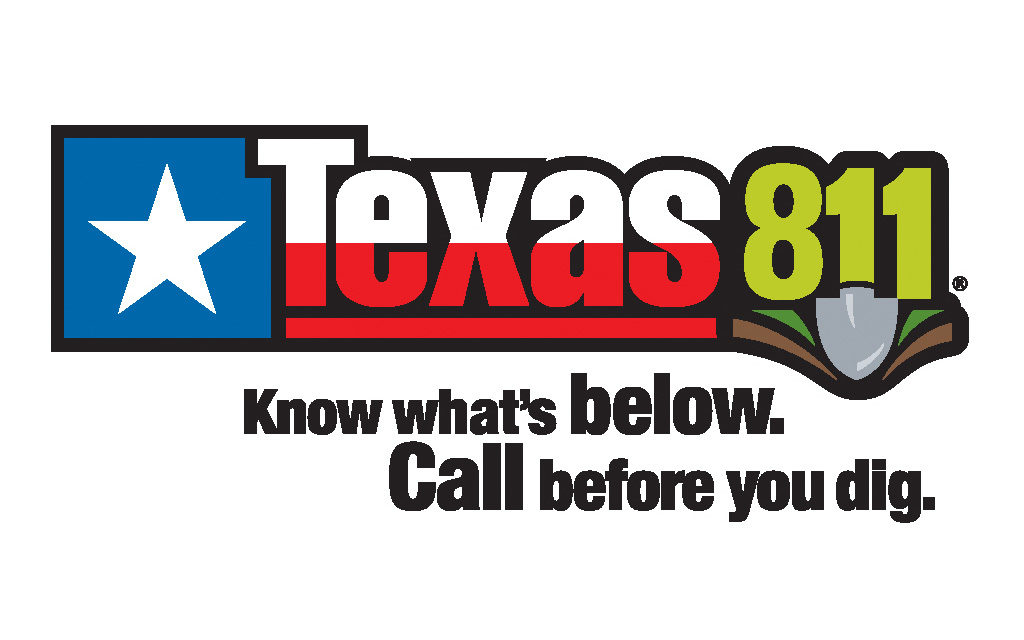Effective next Monday, Feb. 12, Railroad Commission pipeline damage prevention rules require excavators who strike a pipeline while digging to notify the pipeline operator by calling the 811- notification center as soon as possible, but no later than one hour after an incident.
Excavators must also call 911 if any natural gas or other product is released when an underground pipeline is struck.
These rule updates extend the deadline for pipeline operators and excavators to file a damage report with the Railroad Commission from the current 10 days to 30 days.
More information on these new rule requirements can be found under “Chapter 18. Underground Pipeline Damage Prevention.” at the RRC website: http://www.rrc.texas.gov/general-counsel/rules/proposed-rules/
RRC rules already require anyone planning to dig deeper than 16 inches to call 811 before they dig to prevent damage to underground pipelines.
Seventy-five percent of those who view your vehicle graphics will develop an impression of your company based on the appearance of your truck and twenty-nine percent will base their buying decisions on that same impression.
It is important to use bright colors to attract attention to your vehicle’s advertising message. Graphic elements such as logos and photographs are important to include, but if poorly implemented can over-run your message.
A poorly designed vehicle wrap can result in very few calls. A properly designed vehicle advertising wrap with proper exposure can make your phones ring. That’s what advertising is all about, isn’t it? Click here if you want get more commercial vehicle wraps louisville kentucky.
Your vehicle advertising will be seen on average for just 4-8 seconds. This constitutes one exposure by one individual or potential customer. Stop and think about this for a moment. What can you tell a potential customer in 4 seconds?
How about 8 seconds? Consider this for a moment and decide what is most important. In order of preference this is what I recommend. Your opinion may vary depending on you particular circumstance.
A professional vehicle wrap agency will have the ability to design your wrap as well as install it. If they do not, many advertising agencies will be happy to design a wrap for you. Most vehicle wrap designers will have access to vehicle outline templates.
Vehicle outline templates are detailed architectural renderings of the body of the vehicle you wish to wrap. If they do not have access to vehicle outline templates, keep looking until you find a wrap company who does.
Ask to see the portfolio of your vehicle wrap provider. Many vehicle wrap shops have a portfolio on their website. This way you can determine if they adhere to the KISS principle.
Be careful if you find yourself considering price above quality. The more you look the more apt you will be to find a firm willing to do your wrap for less than market rates. Ultimately, you get what you pay for, with a wrap that may start to peel off around wheel wells or fades within a year of application.
The best wrap shops will warranty their wraps for 2-3 years when using genuine 3M Scotchprint wrap material. By staying out of fender-benders and regular maintaince of your wrap, a quality vehicle wrap can last the life of your car for 4-5 years.
So now you know that when investing money to promote your business and bring back a strong financial return vehicle wraps (vehicle graphics and vehicle advertising) is the most cost-effective way to spend your advertising dollars.
Compared to other advertising mediums, vehicle advertising garners more exposures over a longer period of time resulting in the lowest cost per exposure than any other ad media available today. Invest wisely.
The required 811 call prompts pipeline operators to mark their underground natural gas or hazardous liquid pipelines to avoid being struck during the digging process.
Failure to obey the “Call Before You Dig” rules can result in penalties and fines.
A Safety Checklist for Your Work Equipment
There certain rules to follow before using your equipment.
- Walk around the equipment and check the work area. Make sure there’s enough space for the machine to carry out its work.
- Before turning on the equipment, inspect the boom, the dipper arm, and the bucket. Look for any cracks or dents. Make sure the locking pin and the safety clip are in the right position.
- Inspect the undercarriage area. Check the sprockets, idler wheels, track links, and rollers. Look for signs of wear and tear.
- Next, check the hydraulic fluid and coolant level. Don’t forget to inspect the radiator and look for leaks.
- Open up the engine bay and perform an oil check with a dipstick. You should do this after every four hours of operation.
- Lubricate the bushings if required.
- Get inside the cab to make sure the indicator lights and the controls are in proper working order.
- Test the equipment by fully extending the boom arm and the dipper arm. Listen for unusual sounds.
- Lift the boom arm up in the air and turn off the machine. Wait and see whether the boom arm moves downwards. If it does, you’ll know there’s an internal bypass in the cylinders.
- Test the boom arm and bucket functions repeatedly to find out if there’s any excessive movement.
- Check the levers and joysticks to ensure they’re working properly.
- Be well aware of the safe operating limits of the equipment. If you’re not sure, refer to the manual or talk to the dealer.






